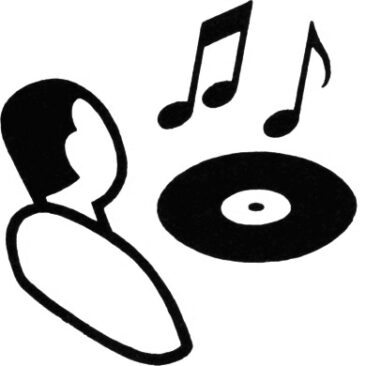#10 Be quiet

Perhaps noise pollution is a First World problem. While it is certainly not as high on the agenda of environmentalists as other hazards, it should be. I always presumed that architects and interior designers knew how to deal with excessive sound, aka noise. Apparently, however, it is still often equated with liveliness and energy. How often have you sat in a restaurant with tiled floors, metal tables and stone walls? Cool to look at and and appropriate for short order cooking, but impossible to hold a conversation, unless you blare into your cellphone, as tends to be the case, even if there are two people at the same table. I never know whether the designers of these places don’t know that a piece of felt underneath the tables will already break some of the sound waves or whether the restaurant owners want people to leave quickly as soon as they’ve finished eating.
In the US, certainly in my experience, a quiet restaurant is impossible to find; what a European like me finds to be hectic and noisy is deemed to be lively and happening. Mind you, this is the same place where nobody wants to be found doing only one thing at a time. In order to be seen to be active and with the times, you have to be on the phone with a cup of coffee in your hand while driving or walking. Walkie-talkie coffee-drinking pedestrians are a major hazard already in our cities on both sides of the Atlantic. Can you imagine what that will be like when electric cars will be quietly approaching? As a cyclist, I am already used to having one hand on the brake at all times because one of those smartphone zombies is bound to walk in front of me at any moment.
The ubiquitous headphones and earplugs are not only signs of a multi-tasking populace, but also a tacit (sic) reaction to the very cacophony all these one-sided conversations cause. A pictogramme depicting a crossed-out mobile phone has been around for a few years and serves as a reminder in railway cars and waiting rooms that noise can be just as unwanted as second-hand smoke.
I witnessed a posse of enraged passengers on a train recently, protesting the clacking of someone’s fingers on a keyboard. The conversation (which certainly broke the silence in that compartment) revolved around the question of how quiet “quiet” meant. There wasn’t a no-mobile-phones-here pictogramme on the walls, but simply a notice “Quiet Car”. Did that mean the absence of any sound beyond normal signs of life, like breathing? Or did it mean to disallow sounds emitted by manmade objects only? Would you have to move to the corridor to cough or sneeze? What if you rustled a paper bag? It turned out that all the passengers frequenting that car went there to avoid noise, and after the (well-mannered) discussion we all agreed that one man’s keystrokes could be another man’s steamhammer. While typing on a touchscreen may not be as convenient as doing so on a proper keyboard, it may be quiet enough to satisfy this ever-growing demand for a quiet space, one where you can hear yourself think.
Don’t get me started on modern inventions like the bleeps made by reversing trucks and vans these days! Why do they always have to announce their change of direction at 6 in the morning? Mind you, with electric cars not having exhausts to inform the world around them of their amazing amount of horse-powers, we may be in for bleeps and other signals from cars simply moving forward. Whole neighbourhoods will have to erect “Quiet” signs and noise-makers will get their designated spaces, having to huddle underneath glass shelters like smokers do already.
(Icon from the Isotype collection)